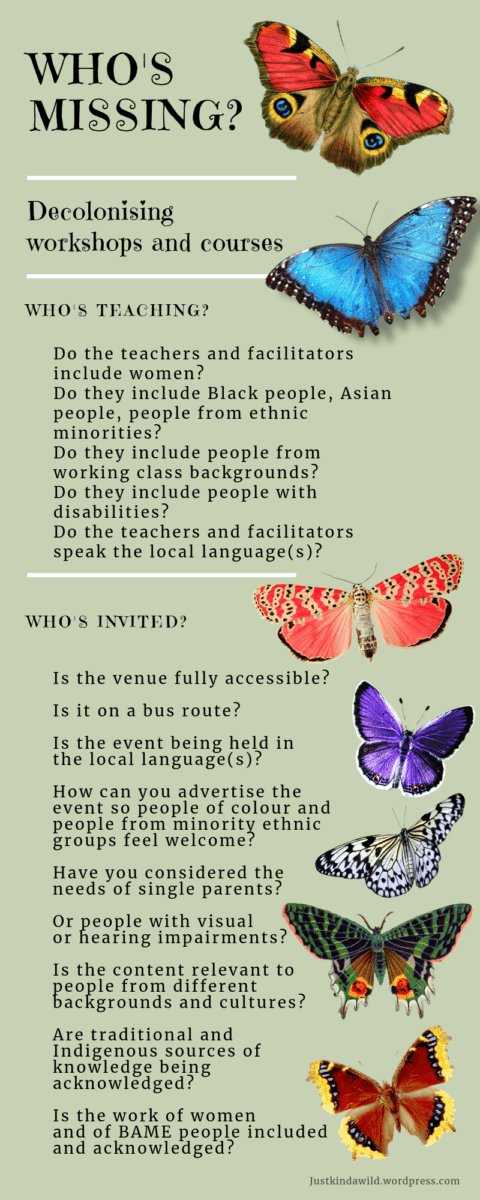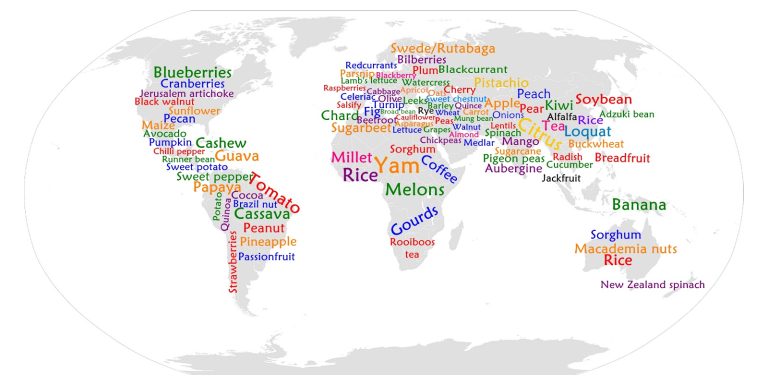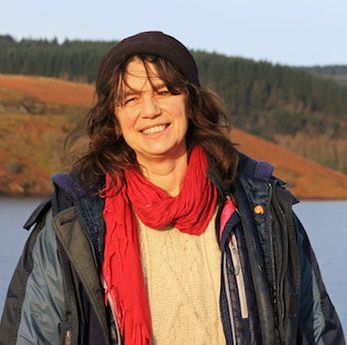Through observing community woodlands principles of nature become important.
by Marit Parker
Many of permaculture’s ideas come from observing forests, and from observing Indigenous and traditional communities living and working in forests, so community woodlands are an ideal place to apply some of this thinking, both to woodland design and management and also to how we relate with each other. How many inspiring community initiatives come to grief because we run out of steam, or fall out with each other?
A woodland is also a community, with not just trees but also shrubs, climbers, wildflowers and fungi as well as mammals, birds, amphibians, reptiles and insects.

Through observing woodlands, some underlying principles of nature become apparent, such as:
- Biodiversity matters
- The edge between different habitats is particularly rich and diverse
- Everything has multiple connections and multiple functions
As you know, letting some light into a woodland enables different ecosystems to develop. Many creatures thrive in the overlap between different habitats, benefitting from both tree cover and a rich variety of plants. We can use this knowledge to create good spots for wildlife, and good spots for birdwatching and pond-dipping, while also gaining materials for woodland crafts. By joining up different ideas like these, we can gain multiple benefits from one action.

Permaculture uses the principles behind examples like this to help us think through and design ways of doing things that mimic nature. This can enable us to make the best use of use of the resources that are already there as part of the woodland, from careful observation of the landscape, the natural elements and the plants and animals within it.
Significantly, this can also enable us to make the best use of the time, energy and resources we can put into the project. For example, these ideas can be applied to how we work with each other as a group.

Community woodland groups by their nature are often addressing important issues by providing opportunities for people to reconnect with nature and by opening up access to woodland. But a common problem community groups face is that they often depend on a few key people. Can permaculture’s approach help us attract and involve more volunteers? And can it help us make meetings more dynamic and interesting?
Just as biodiversity is crucial in woodland ecosystems, so diversity also helps human ecosystems thrive. Making the woodland and events accessible and welcoming is an important starting point. Diversity can also be about different ideas and perspectives. Making space for different voices may require some sensitivity and imagination. Not everyone feels comfortable speaking in front of others, but posting leaves on a tree of ideas, or talking in twos and threes during a woodland walk and feeding back round the fire may be less daunting. If more people feel they have a say, perhaps more will feel they are valued and part of the group.

A number of community woodland groups organise special events for specific groups of people, such as people with mental health issues or people seeking asylum. Inviting different people, especially those who are often excluded, to woodland events brings people together and provides valuable opportunities for therapeutic benefits of being outdoors, amongst trees.
Thinking about the principles above, in particular how everything has multiple functions and connections, then perhaps as well as inviting particular groups to special events, people from these groups could be invited to be part of the committee or board, and to take part in skillshares and run workshops.

The Welsh word for permaculture, paramaethu, can be translated as ‘ongoing nurturing’.
Perhaps just imagining possible scenarios like these creates glades where ideas can be nurtured, as well as people and trees.

This article was originally written for the Llais y Goedwig newsletter.
Marit is a volunteer Director of Llais y Goedwig (Voice of the Woodland), the community woodland network for Wales.



